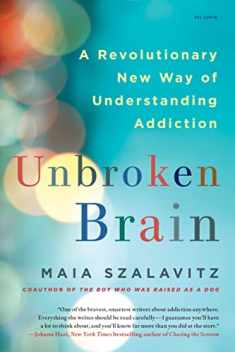
Career Counseling: Contexts, Processes, and Techniques
Book details
Summary
Description
This book presents a practice-focused approach to career counselingthatwill help you expand your understanding of career development and enhance the skills and techniques in your career counseling repertoire. It incorporates the most widely used traditional career counseling practices with new and emerging career development concepts, making it an exceptional text for both counselors-in-training and seasoned practitioners. The in-depth examination of career counseling interventions provided, including the strengths-based approaches suggested by the positive psychology movement, will help you deliver the best counseling services possible and empower your clients to reach their career goals.
Topics discussed include traditional and postmodern career theories and approaches; counseling an increasingly diverse workforce and addressing cultural context issues such as race, class, gender, and disability; forming a productive alliance with the client; gathering client information; using assessment inventories and instruments; developing client action plans; and navigating the termination process.


We would LOVE it if you could help us and other readers by reviewing the book
Book review




